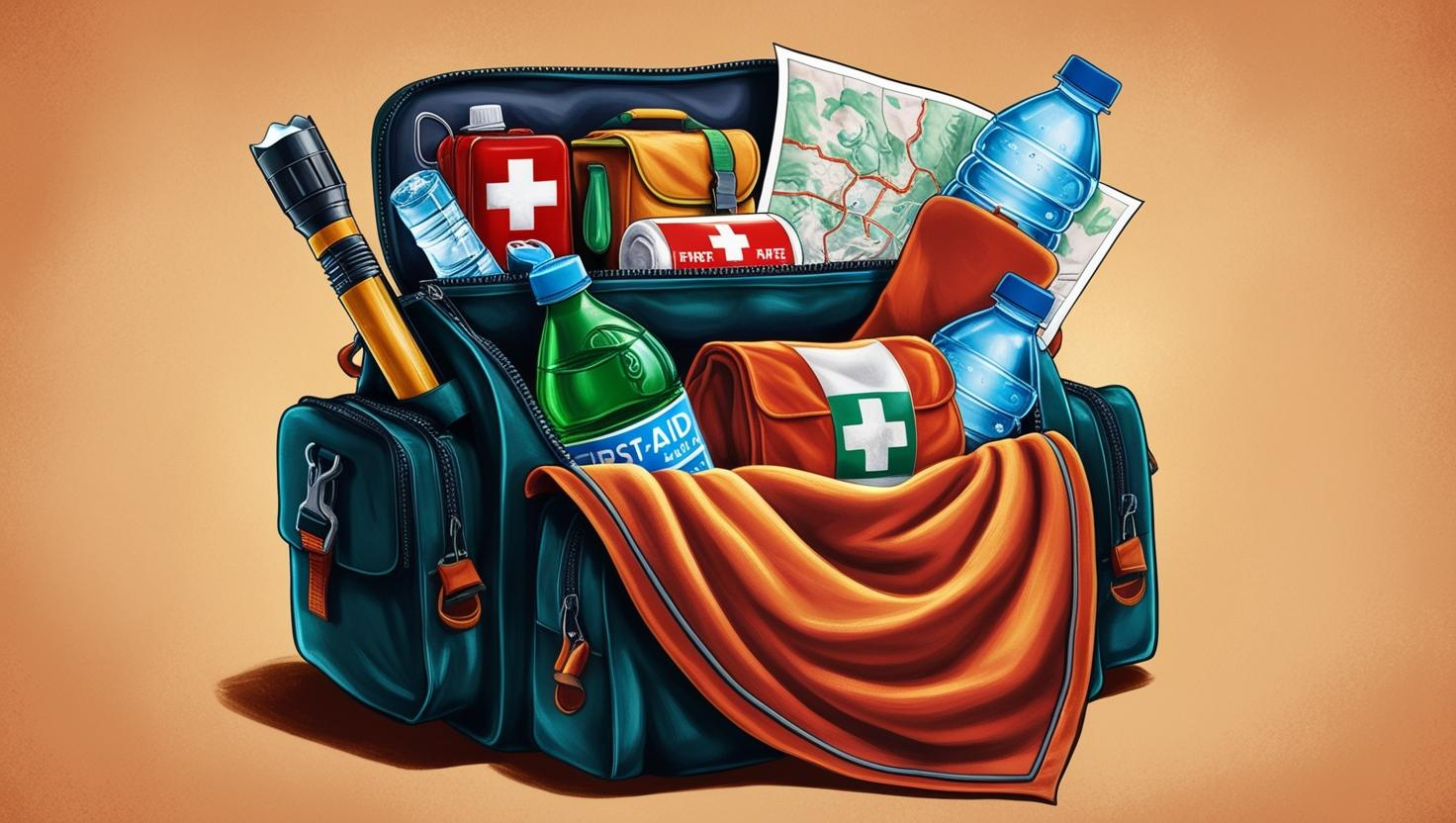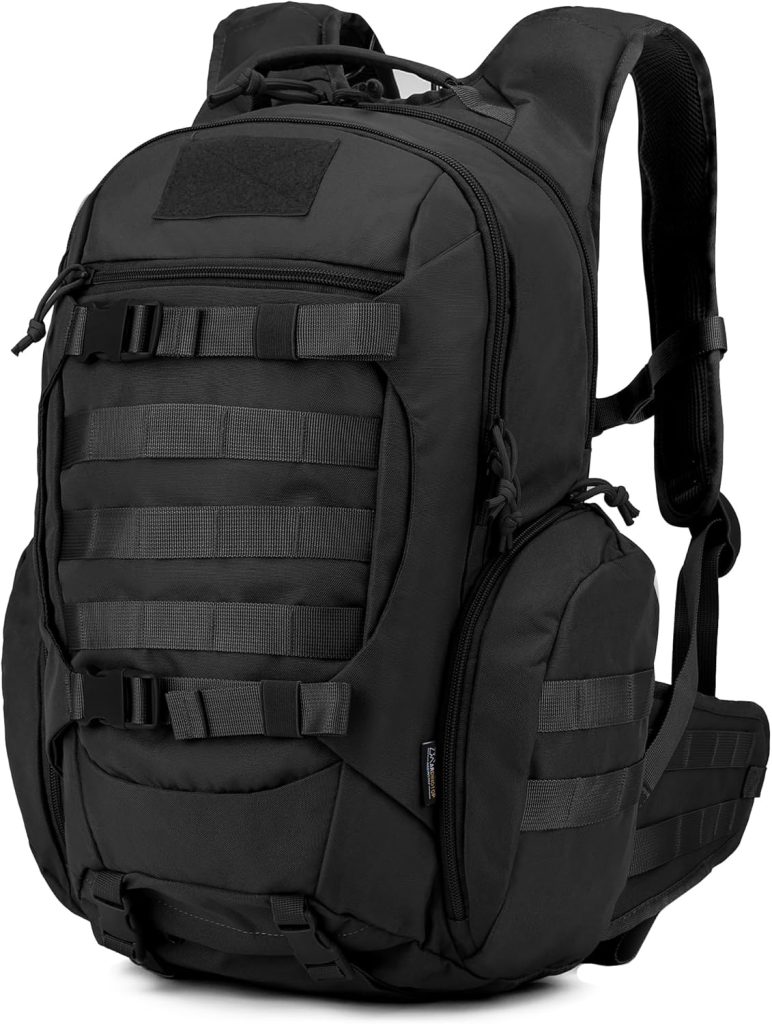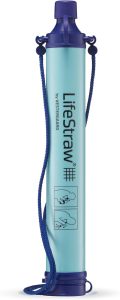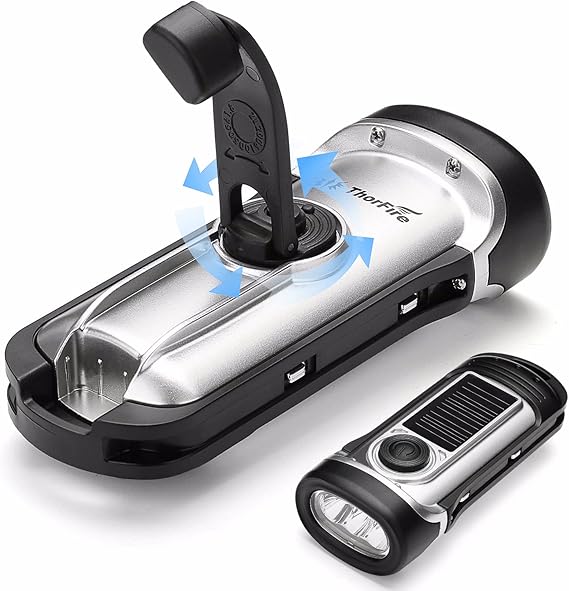Natural disasters are an unfortunate reality in our world, Lord knows we’ve had our share of them in our country. Earthquakes, train derailments, explosions, tornadoes, and most recently, floods and fires. One common theme with them all is our collective lack of preparedness. It’s not just the failure on the part of government agencies to be pro-active instead of re-active, but also in many ways our own failures to be ready in case an unexpected event visits our personal space.
I’m just as guilty as most in not being completely ready in case those emergency sirens go off. While our ‘home base’ is in Iowa, and we have our share of tornardic activity in the state, our ‘readiness’ consists of a designated ‘fraidy-hole’ in the basement, with basic ‘survival’ materials. Admittedly, it’s probably not a complete collection, and we don’t check frequently to make sure everything is ready should we need them, i.e. fresh batteries in the flashlights and emergency food isn’t past the expiration date.
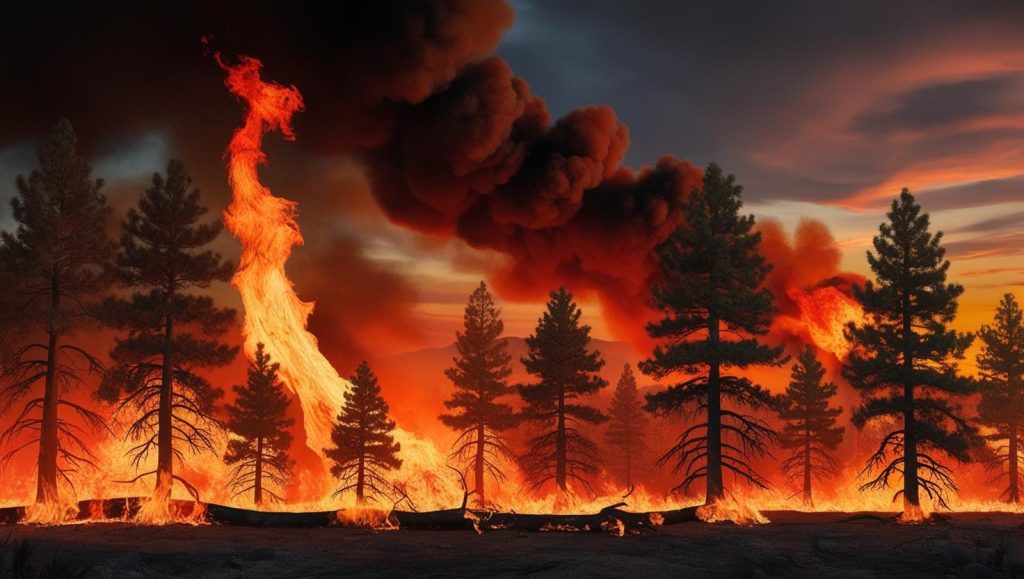
The California fires caught many off guard, with many fleeing for their lives, ill-equipped for an evacuation. The re-active tendency of our society, predictably, produced plenty of ‘after-the-fact’ reminders on what we need to have at the ready should we be faced with such an emergency. The tutorials ran the gamut of what to store, how to store, where to store, and what to call each collection.
At minimum, it seems that everyone really should take time to create one set of items to take with you if you need to evacuate your home, or have in your car should you need to flee the scene for safety reasons. Call it an ‘Evac-Bag’ ‘Bug-Out-Bag’ ‘Survival Kit’, ‘Emergency-Bag’, or whatever you choose to name it, there are plenty of sites online that will help you build one for each of your family members that is readily available to ‘grab and go’.
At the very least, you should have a basic grab bag put together, then if you can, create a larger one if you’re stranded in your home. For now, I’ll just offer some suggestions on what to think about for your escape at the last minute.
I’m sure the most obvious item to include is something to pack the essentials in. When we put our version together, we used a backpack, something that we could grab, and if need be, carry it while hiking to safety. Then, as you begin to narrow down the list of things you’d need to survive for up to 72 hours, remember that this isn’t a long term solution, after all you wouldn’t be able to lug around gallons of water for very long.
While you probably should have a small bottle of water included, you really should have a ‘LIFESTRAW ‘that will allow you to filter any source of water to drink safely. This is small, lightweight, and a real life-saver if you are isolated from ‘civilization’.
A FLASHLIGHT always needs to be part of your gear, preferably one that has several ways re-charge, i.e. solar or crank generated power. There are a number of them on the market that should satisfy your requirements.
It also wouldn’t hurt to add a couple of these compact SOLAR LIGHTS to help illuminate an area where you might be stranded for awhile.
A compact MULTI-TOOL should also be included as you’ll never know what you may need to have in coping with an emergency situation.
A good sized length of PARACORD would come in handy if you need to utilize a rope in your situation
In case you’re being exposed to the sun for any length of time, an effective SUNSCREEN would be necessary as well.
Nonperishable food: Meals ready to eat, aka MREs, are a popular choice, but freeze-dried items work too. Just be sure they’re light; provide a lot of calories and protein; and have a shelf life of months, if not years.
Other things to include: A poncho and a change of clothes.
Your family’s prescription medications for a week and copies of your prescriptions. You’ll probably want to toss these in the go bag as you leave, since keeping extras in your bag will be impractical for most people.
A small first aid kit with bandages, antiseptic, painkillers and gauze.
Personal care items such as soap, a toothbrush, toothpaste, toilet paper, feminine hygiene products and so on. Put these items in waterproof baggies.
Spare batteries.
Phone charger and cables.
Portable power bank. Work Gloves.
Your extra house and car keys.
A warm blanket. Put it in a plastic bag, use the hose on your vacuum to suck the air out of the bag and quickly seal it to save room.
A recent family photo for identification purposes, also in a plastic bag, to keep it safe from moisture.
Cash in small denominations and coins.
A regional map and a compass so you can find your way without a phone when cell towers and GPS are down or busy, or you’ve run out of battery.
Paper, pens and tape to leave messages for others.
A dust mask.
Copies of important documents such as insurance information, IDs, proof of address and passports, all in a waterproof plastic bag.
Your family photos on a USB drive. This one is optional, but I like the security of knowing I have some of my family’s precious memories with me.
Pet supplies such as a leash, collapsible water bowl and food.
It sounds like a lot to put in a backpack, but if you’re organizing it well, you should be able to pack it all in and maybe some other items not mentioned.
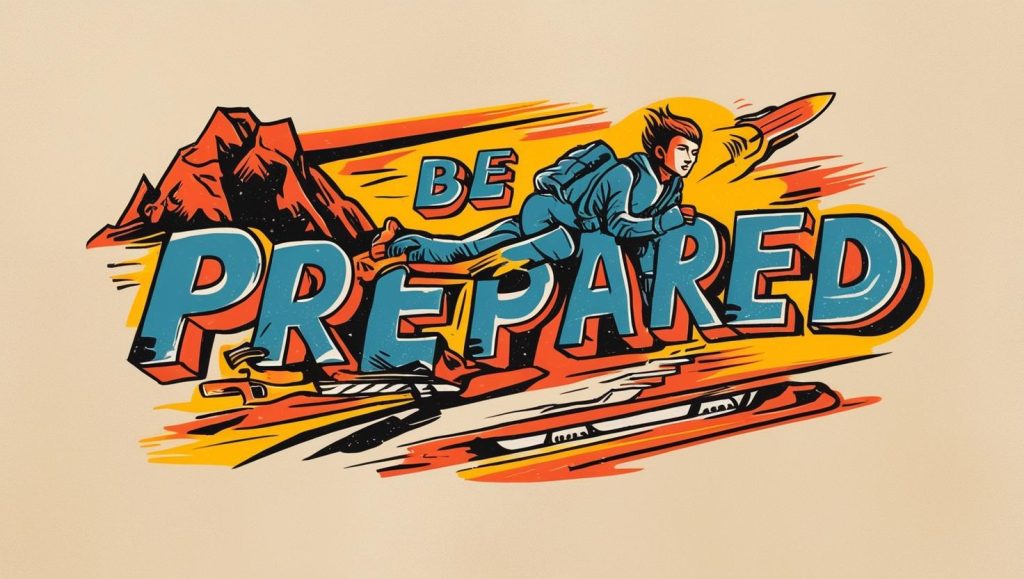
There are many sources online that you can use to help create your own ‘Bug-Out-Evac Bag’, and get more details on how to ‘Survive’ a disaster or emergency, some of them are very good, others, maybe not so much. Do your own research, and above all… Don’t get caught without a plan.

